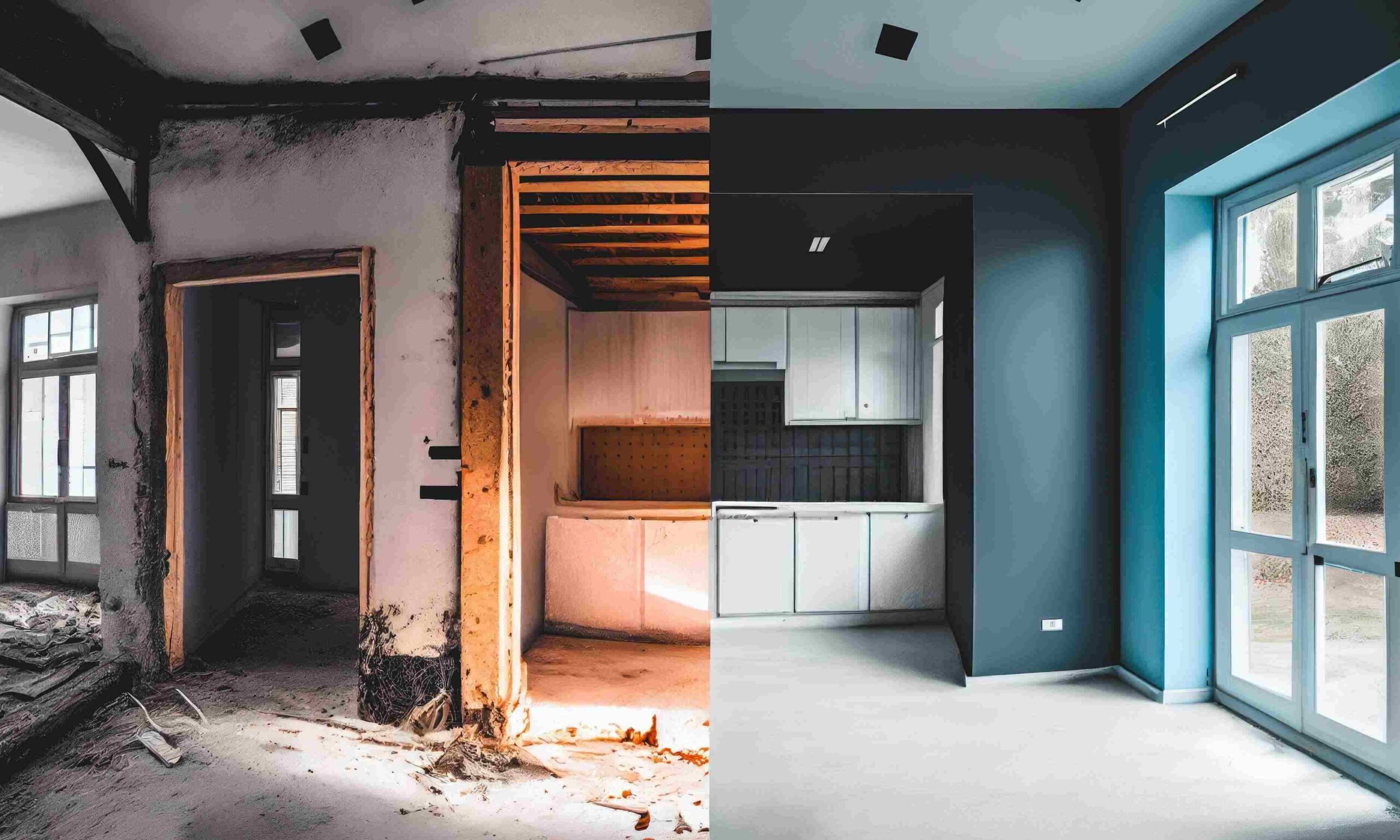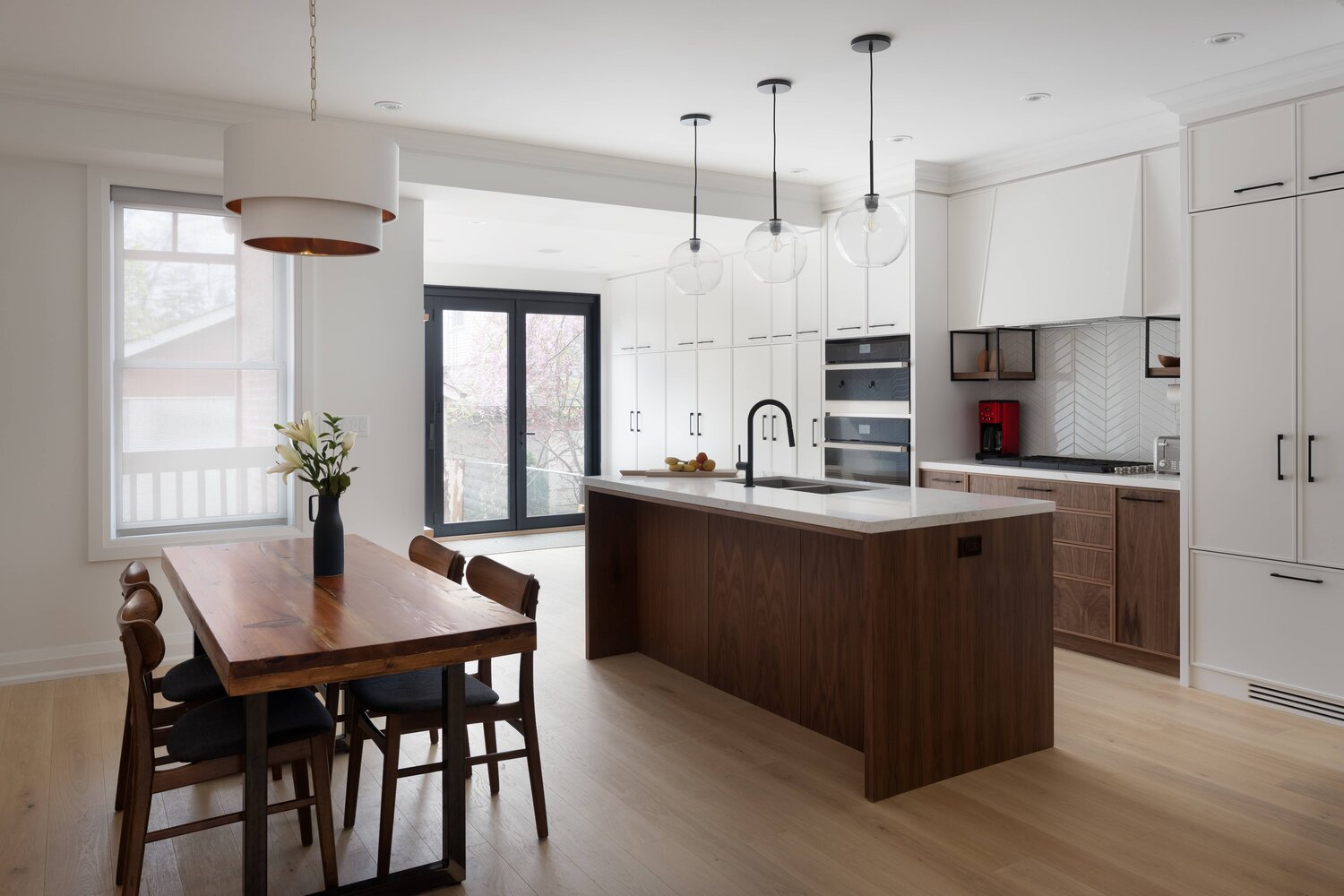The Function of Renovations London Ontario in Creating Energy-Efficient Spaces
The Function of Renovations London Ontario in Creating Energy-Efficient Spaces
Blog Article
How to Strategy and Execute Effective Home Remodellings for Any Kind Of Budget
Browsing the complexities of home improvements requires a tactical strategy, particularly when working within a limited budget plan. First steps involve a complete analysis of your home's problem and a clear delineation in between necessary repair work and desired improvements. Developing a realistic budget is vital, as it acts as the structure for focusing on tasks and selecting appropriate materials. The decision-making process does not finish there; understanding the effects of going after versus employing experts DIY options can significantly affect both prices and results. The next actions in this trip may reveal choices you hadn't thought about yet.
Examining Your Renovation Demands
Examining your remodelling needs is a critical initial step in the home enhancement process, as it lays the structure for an effective project. Begin by reviewing the present state of your home. Determine areas calling for repair services or updates, such as pipes, electrical systems, or structural components. Take into consideration the capability of your spaces; analyze whether your present format fulfills your lifestyle needs or if changes are required to boost use.
Take part in a detailed analysis of your aesthetic preferences and way of living needs. Determine whether your objective is to enhance convenience, boost power efficiency, or raise the residential property's market worth. It is also necessary to take into consideration the demands of all home members, making sure that any kind of proposed remodellings fit their preferences and demands.
In addition, think about the total design and age of your home, as this will certainly lead your layout selections and influence the types of surfaces and materials to think about. Document your findings and focus on the improvements by urgency and importance. This structured assessment will not only clarify your vision but also act as a reference point throughout the renovation process.
Setting a Realistic Budget
Establishing a thorough spending plan is necessary for the success of any type of home remodelling project. A distinct budget plan not only provides an economic framework but additionally assists in making informed choices throughout the remodelling procedure. Begin by identifying your general economic capability, considering both your financial savings and prospective funding choices. It is essential to distinguish in between important improvements and preferred upgrades to allot funds successfully.
Next, research study and collect price quotes for products, labor, and any kind of added expenses, such as permits or inspections. This will aid create a much more exact image of the costs included. When developing your budget, think about consisting of a contingency fund-- usually 10% to 20% of the general spending plan-- to suit unexpected costs that commonly emerge throughout renovations.
Bear in mind the market rates for materials and labor in your location, as these can differ dramatically. Maintain in mind that while it is appealing to reduce corners to save money, investing in quality materials and experienced labor can yield long-term advantages and boost your home's worth. By setting a sensible budget plan, you can navigate your renovation project with self-confidence and quality.
Prioritizing Your Improvement Tasks
Identifying the order of your improvement tasks is vital for making the most of both your budget plan and the impact of your improvements. Begin by analyzing the problem of your home and determining areas that call for instant attention, such as architectural fixings or security issues. Focus on jobs that attend to these urgent issues to make certain a risk-free and functional living environment.
Following, consider the prospective return on financial investment (ROI) for every task. Focus on restorations that enhance your home's value, such as bathroom and kitchen updates, which have a tendency to produce greater returns. Additionally, examine tasks that improve power performance, as these can lead to long-term expense financial savings.

Finally, continue to be adaptable, as unanticipated obstacles may emerge during the restoration procedure. By prioritizing properly, you can guarantee that your initiatives straighten with your overall objectives, developing a home that meets your requirements while remaining within budget.
Selecting the Right Products
Picking the appropriate materials for your restoration tasks plays a significant function in both the functional and aesthetic results of your home enhancements. The appropriate products not only improve the visual charm of your room yet additionally add to its toughness and upkeep needs.
Begin by taking into consideration the purpose of each area you are remodeling. Renovations London Ontario. For high-traffic zones like corridors and cooking areas, decide for durable materials such as porcelain tiles or hardwood that can hold up against wear. On the other hand, for spaces like bedrooms or living rooms, softer products like carpeting or high-end plastic might supply extra convenience
Next, evaluate your budget plan. While going with high-end materials could appear attractive, there are often economical alternatives that provide similar looks and functionality. Investigating various options can result in unforeseen discovers that fit both your style and economic strategy.
In addition, consider the environmental influence of your selections. Sustainable materials, such as redeemed wood or bamboo, not just minimize your carbon impact yet can also include special personality to your home. Eventually, a well-balanced selection of materials will ensure your improvement meets your expectations and offers useful source your requirements for several years ahead.
Hiring Professionals or DIY Options
When it comes to home renovations, evaluating the pros and cons of working with contractors versus taking the DIY path is important. Additionally, their experience can assist stay clear of expensive mistakes, making sure that renovations fulfill local structure codes and criteria.
On the various other hand, selecting a do it yourself technique can be considerably a lot more affordable, enabling home owners to save money on labor costs. It provides a chance for personalization and fulfillment in finishing a project independently. Nevertheless, this course needs a practical evaluation of one's abilities, time accessibility, and the complexity of the improvement jobs.
Homeowners should consider the scope of the job, their budget plan, and timeline when making this decision. For comprehensive remodellings or those requiring specialized knowledge, working with a specialist might be the ideal selection. On the other hand, smaller projects that align with personal ability can be satisfying and cost-effective when dealt with as a do it yourself venture. Eventually, the selection must align with the homeowner's sources, goals, and capacities (Renovations London Ontario). useful source
Final Thought

Navigating the look at these guys complexities of home restorations calls for a strategic strategy, specifically when functioning within a restricted budget.Assessing your restoration needs is a vital initial step in the home improvement process, as it lays the foundation for an effective job.Developing a detailed budget is essential for the success of any home improvement project. When developing your spending plan, take into consideration consisting of a backup fund-- normally 10% to 20% of the total spending plan-- to suit unforeseen costs that frequently develop during renovations.
Successful home remodellings require cautious planning and execution, regardless of spending plan restrictions.
Report this page